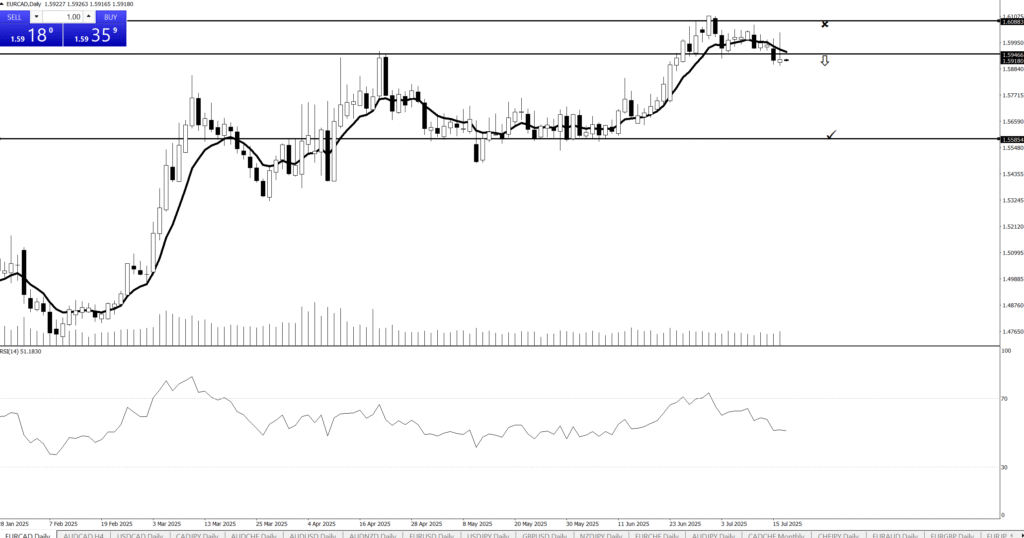12. The Power of EMA


Alright, gather ’round, market comedians and aspiring chart jesters! Let’s talk about the EMA, or the Exponential Moving Average, which sounds like a spell from Harry Potter, but is actually just a fancy way of saying: “This average is a little bit obsessed with the present moment.”
Imagine you’re judging a singing competition, and the contestants are daily stock prices.
Tray A (The Simple Moving Average, or SMA): This judge is fair, maybe too fair. They listen to every single singer from the last 50 days (or whatever period you choose), and they give them all equal marks. The diva from two months ago gets the same score weight as today’s fresh-faced talent. It’s democratic, but sometimes a bit slow to react when a real superstar (or a total disaster) walks on stage today. “Oh, that last singer was incredible!” the SMA says, “But let’s not forget that average performance from 48 days ago. It all counts equally!” Yawn.
Tray B (The Exponential Moving Average, or EMA): Now, this judge? This judge is current. They’re all about “what have you done for me lately?” They still consider past performances, sure, but they’re way more impressed by the amazing (or terrible) singer who just finished their set. Today’s performance gets a huge chunk of their attention, yesterday’s gets a good chunk, and the further back you go, the less they care. “Oh, wow, that vocal run just now! That’s what I’m talking about!” the EMA exclaims, barely remembering that off-key warble from three weeks ago.
So, why is our EMA judge such a drama queen about recent data?
Because in the frantic, caffeine-fueled world of trading, sometimes you need an average that’s got its ear to the ground. If prices are starting to climb like a cat up a palm tree in Barcelona (it’s Friday, July 4th, 2025, after all, and the sun is blazing!), the EMA will notice that upward shift faster than its old-school SMA cousin. It’ll start curving upwards, basically shouting, “Hey! Something’s happening now!”
When do you want this attention-seeking average?
Spotting Trends (like a fashion blogger): If the price line is dancing consistently above the EMA line, it’s like the market is saying, “We’re trendy! We’re going up!” If it’s below, well, put on your sad flamenco music, because things are heading down.
Catching Crossovers (like a high-five between lines): Traders often use two EMAs, a fast one (like our hyperactive judge, maybe 9 days) and a slow one (still cares about recent, but a bit more chill, say 50 days). When the fast EMA crosses above the slow EMA, it’s like they’re high-fiving and shouting “BUY!” When the fast one crosses below, it’s a “SELL!” signal, perhaps with a dramatic sigh.
In short, the EMA is the moving average that’s always checking its phone for the latest updates. It’s responsive, a bit excitable, and perfect for traders who want to feel the pulse of the market now, not just appreciate its entire life story. Just remember, like all excitable friends, it can sometimes get a little too hyped and give you a false alarm in a messy market. So, always use it with a pinch of salt… or maybe some delicious Spanish olives!
💰Quotes:
“Enter the trade — then sit on your hands like a monk!”
“We don’t click and panic. We click and chill.”
“Traders who wait, get paid. Traders who fidget… donate!”
“We enter the trade, then do absolutely nothing like pros.”
“Let the market work. You’re not its boss.”
💰Normal Tone Slogans:
“Enter with a plan, then let the trade play out.”
“The work is in the setup — the result comes with patience.”
“We don’t babysit trades. We trust our edge.”
“Entry is action. Waiting is discipline.”
“After entry, emotion has no place — only patience.”
